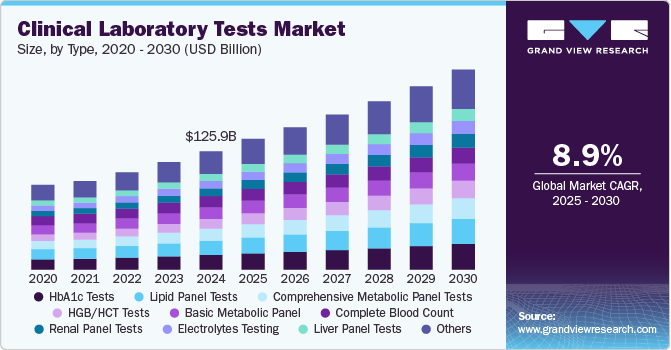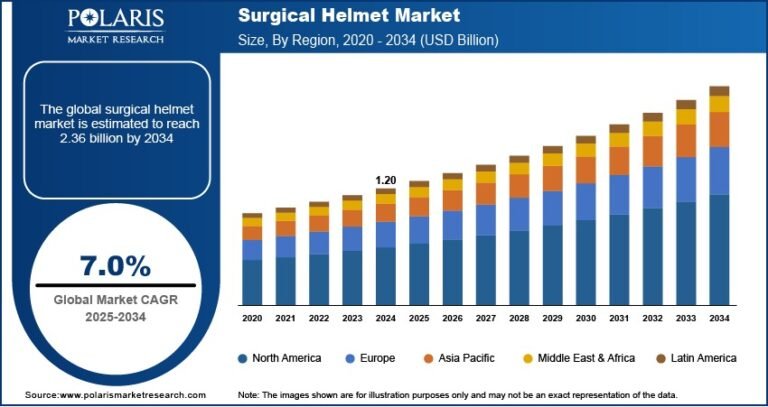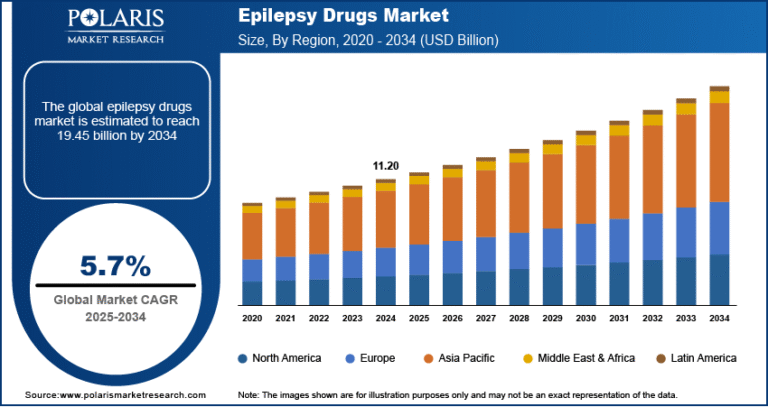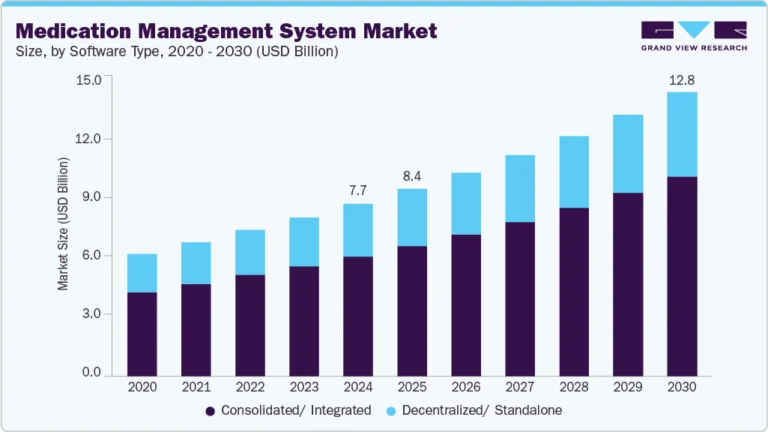Telehealth Market Size Projected to Reach $898.97 Billion by 2034, Growing at a CAGR of 24.1%
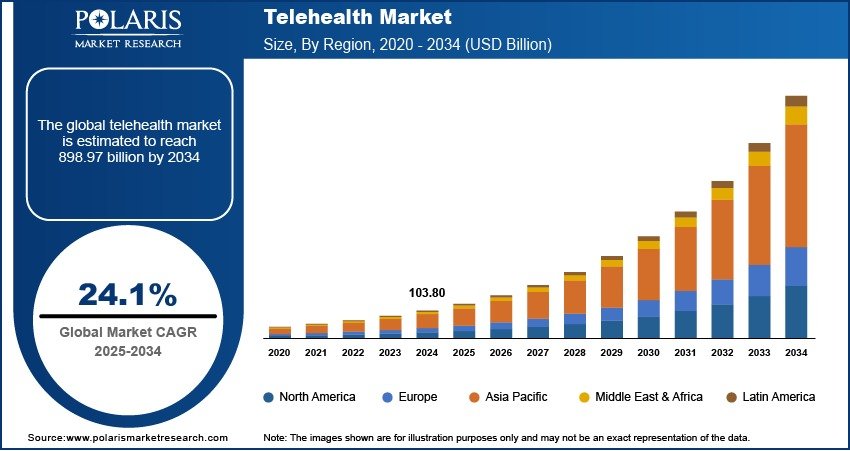
The telehealth market was valued at USD 103.80 billion in 2024 and is expected to grow at a compound annual growth rate (CAGR) of 24.1% from 2025 to 2034. This rapid expansion is driven by the growing demand for accessible and convenient healthcare services, ongoing advancements in telecommunication technologies, and the increasing global burden of chronic diseases.
Key Market Trends & Insights: Telehealth Market
1. Accelerated Adoption Post-COVID-19 Pandemic
While telehealth existed before COVID-19, the pandemic catalyzed its widespread adoption. Lockdowns, social distancing, and overwhelmed hospitals forced healthcare providers to turn to virtual care. Even post-pandemic, telehealth has remained integral due to its convenience and efficiency. Many health systems have now made it a permanent fixture in outpatient services.
2. Expansion of Remote Monitoring and Chronic Disease Management
The rising prevalence of chronic conditions—such as diabetes, cardiovascular disease, COPD, and hypertension—is driving demand for remote patient monitoring (RPM) tools. Wearables and connected medical devices enable clinicians to track patient vitals in real-time, adjust treatment plans remotely, and intervene proactively, reducing hospital readmissions and improving outcomes.
3. Technological Advancements in AI, IoT, and 5G Integration
The integration of artificial intelligence (AI), Internet of Things (IoT), and 5G connectivity is revolutionizing telehealth platforms. AI-driven chatbots, triage tools, diagnostics, and personalized care algorithms are enhancing virtual consultations. High-speed 5G networks improve the quality of real-time video, enabling seamless virtual visits, especially in rural and underserved areas.
4. Growing Acceptance of Mental and Behavioral Telehealth Services
Telepsychiatry and online therapy have gained substantial traction, driven by the global mental health crisis and the stigma-free, accessible nature of virtual care. Patients are increasingly comfortable seeking mental health support via telehealth platforms, prompting insurers and health systems to expand coverage for behavioral health services delivered online.
Market Size & Forecast
- Market Size in 2024 – USD 103.80 billion
- Projected Market Size by 2034 – USD 898.97 billion
- CAGR (2025–2034) – 24.1%
Request a free sample copy or view report summary: https://www.polarismarketresearch.com/industry-analysis/telehealth-market/request-for-sample
Market Overview
Telehealth encompasses a wide range of services, including virtual consultations, remote patient monitoring (RPM), mobile health (mHealth) applications, and teletherapy. It enables patients to access healthcare professionals via video, phone, or secure messaging platforms, enhancing convenience and reducing the need for in-person visits—especially valuable in rural and underserved areas.
Several key factors are fueling this rapid market expansion:
- Increased accessibility: Patients and providers now widely accept virtual care due to its convenience and time efficiency.
- Chronic disease management: Remote monitoring of conditions such as diabetes, hypertension, and heart disease reduces hospitalizations and improves outcomes.
- Technological integration: Artificial intelligence, wearable devices, 5G connectivity, and interoperable electronic health records (EHRs) are transforming virtual care into a seamless, real-time experience.
- Policy and reimbursement support: Governments in the U.S., Europe, and Asia have relaxed telehealth regulations, expanded insurance coverage, and launched national digital health initiatives.
- Mental health services: Telehealth has become a preferred mode for mental and behavioral health therapy, offering anonymity and reducing stigma.


